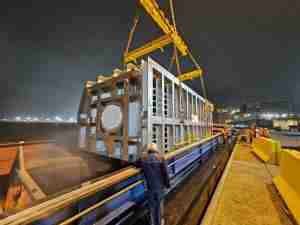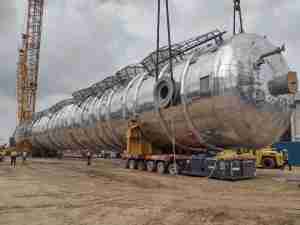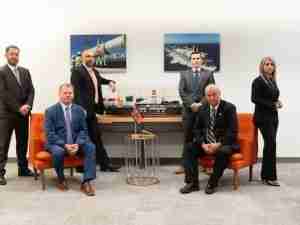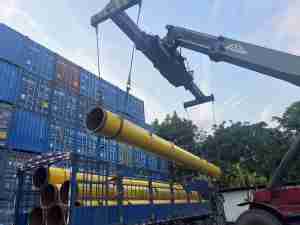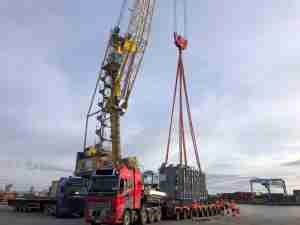The U.S. Department of Transportation’s Maritime Administration (MARAD) awarded $9.5 million in grants to eight marine highways projects across the Nation under the America’s Marine Highway Program. The funding supports the enhancement of navigable waterways and expands existing waterborne freight services in Illinois, Indiana, Kentucky, Louisiana, New York, New Jersey, Oregon, Tennessee, Washington and American Samoa.
“This Federal assistance will provide additional options to reduce congestion on the roads and help the surrounding local communities’ and the regions’ economic recovery,” said Transportation Secretary Elaine L. Chao.
The America’s Marine Highway Program promotes the increased use of the Nation’s navigable waterways to ensure landside congestion relief, new and efficient transportation options, and increased performance of the surface transportation system. The program works with public and private stakeholders to achieve these goals.
Of the eight projects that were awarded grants, seven are located in Opportunity Zones, which were created to revitalize low-income and economically distressed communities using private investment. Low-income communities are nominated by U.S. States, U.S. possessions, and the District of Columbia and then certified by the U. S. Secretary of the Treasury as Opportunity Zones. Opportunity Zones have been certified in all 50 States, the District of Columbia, and five U.S. territories.
“The continued expansion and modernization of the U.S. marine transportation system benefits the maritime industry. U.S. waterway freight systems offer a safe and efficient option for shippers and reduce road traffic and emissions while providing jobs, commerce, and crucial resources to dozens of communities across multiple states,” said Maritime Administrator Mark H. Buzby.
Since 2016, the Maritime Administration has provided $33.8 million in grants for the America’s Marine Highway Program. A total of 18 eligible marine highway projects has received funding assistance to further improve the transportation system and national security by adding to the nation’s strategic sealift resources and providing transportation alternatives during times of disaster or national emergency.
